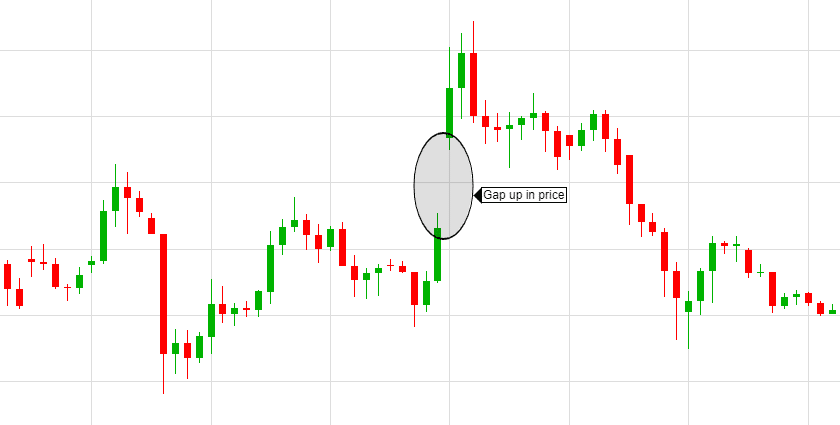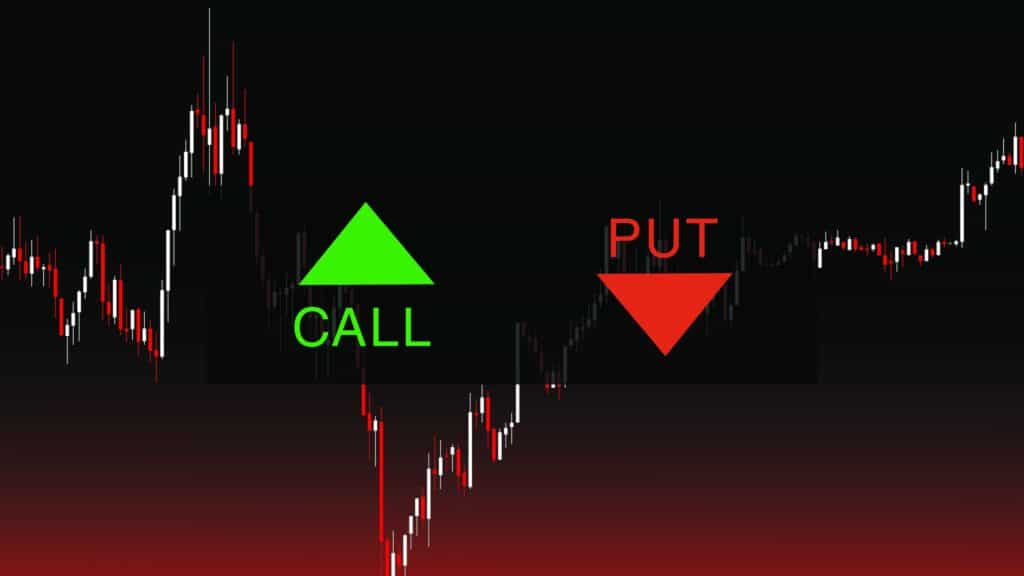The Power of VWAP
The Power of VWAP
Mastering Volume Weighted Average Price in Trading

Understanding VWAP: Your Key to Informed Trading Decisions
In the fast-paced world of financial markets, having the right tools can make all the difference between success and failure. Among these tools, the Volume Weighted Average Price (VWAP) stands out as a powerful indicator that savvy traders rely on for making informed decisions. But what exactly is VWAP, and how can it revolutionize your trading strategy?
What is VWAP and Why Does It Matter?
VWAP, or Volume Weighted Average Price, is a trading benchmark used by both institutional and retail traders. It represents the average price a security has traded at throughout the day, based on both volume and price. This makes VWAP a unique and valuable tool in a trader’s arsenal.
[Recommended Image: A simple line chart showing price action with VWAP overlaid, clearly demonstrating how price interacts with the VWAP line.]
The VWAP is calculated by taking the sum of the dollar value of every transaction (price multiplied by the number of shares traded) and dividing it by the total shares traded for the day. This calculation results in a single price that represents the true average price of the security, weighted by volume.
Why does this matter? Unlike a simple moving average, VWAP takes into account the volume of trades, giving more weight to prices at which more shares were traded. This provides a more accurate representation of the security’s value throughout the trading session.
The VWAP Advantage: 5 Ways It Powers Up Your Trading
1. Identifying Fair Value
One of the primary powers of VWAP lies in its ability to show the fair value of an asset. When the price is above VWAP, it’s considered overvalued, and when it’s below, it’s undervalued. This insight can be crucial for timing your entries and exits.
For example, if you’re considering a long position, entering when the price is below VWAP could provide a better value. Conversely, if you’re looking to sell, you might wait for the price to move above VWAP to get a better exit price.
2. Gauging Institutional Activity
Large institutional traders often use VWAP to minimize their market impact when entering or exiting positions. By understanding how price relates to VWAP, you can gain insights into potential institutional activity.
[Recommended Image: A bar chart showing volume with price action and VWAP, highlighting areas where large volume occurs near the VWAP line.]
If you notice large volume spikes when price approaches VWAP, it could indicate institutional traders executing orders. This information can be valuable for retail traders looking to align their strategies with larger market players.
3. Momentum and Trend Confirmation
VWAP can act as a trend confirmation tool. If the price consistently stays above or below VWAP, it can indicate a strong trend in that direction.
For instance, in a strong uptrend, you might see price staying predominantly above VWAP, with any dips towards VWAP being quickly bought up. This can provide confidence in the trend’s strength and potential continuation.
4. Support and Resistance Levels
The VWAP often acts as a dynamic support or resistance level. Prices tend to gravitate towards the VWAP, making it a valuable reference point for potential reversals or continuations.
[Recommended Image: A candlestick chart showing how price respects VWAP as support and resistance at different times.]
Traders often watch for how price behaves when it approaches VWAP. A strong bounce off VWAP could indicate a continuation of the current trend, while a break through VWAP might signal a potential reversal.
5. Improving Trade Execution
For day traders, VWAP can be particularly useful for improving trade execution. By comparing your entry or exit prices to VWAP, you can assess whether you’re getting a good deal relative to the day’s average traded price.
This is especially valuable for traders dealing with larger positions, where even small price improvements can significantly impact overall profitability.
Harnessing the Power of VWAP: Practical Strategies
VWAP Crossover Strategy
One popular way to use VWAP is through a crossover strategy. When price crosses above VWAP, it might signal a buying opportunity, while a cross below could indicate a selling opportunity.
Here’s a simple VWAP crossover strategy:
- Wait for price to cross above VWAP
- Enter a long position when price pulls back to VWAP and shows signs of bouncing
- Set a stop loss below the recent low
- Take profit at a predefined risk-reward ratio or at key resistance levels
Remember to always combine this with other forms of analysis and proper risk management.
VWAP Deviation Bands
Some traders use VWAP deviation bands, typically set at 1 or 2 standard deviations above and below VWAP. These can help identify potential overbought or oversold conditions.
[Recommended Image: A chart showing VWAP with upper and lower deviation bands, highlighting potential trade entry points.]
When price reaches the upper band, it might be considered overbought, suggesting a potential short opportunity. Conversely, price reaching the lower band might indicate an oversold condition and a potential long opportunity.
Multiple Time Frame VWAP Analysis
Comparing VWAP across different time frames can provide deeper insights. For instance, you might use a daily VWAP for overall direction and an intraday VWAP for precise entry and exit points.
A bullish scenario might look like this:
- Price is above the daily VWAP, indicating an overall uptrend
- On the intraday chart, price pulls back to the intraday VWAP
- Price bounces off the intraday VWAP, providing a potential entry point in line with the larger trend
This multi-time frame approach can help align your trades with both short-term and longer-term market dynamics.
Common Pitfalls When Using VWAP
While VWAP is a powerful tool, it’s not without its limitations. Here are some common mistakes to avoid:
- Relying solely on VWAP for trading decisions: VWAP should be used in conjunction with other technical and fundamental analysis tools.
- Ignoring other important factors like fundamental news: Major news events can cause price to deviate significantly from VWAP.
- Using VWAP inappropriately on longer time frames: VWAP is primarily a intraday tool and loses its effectiveness on longer time frames.
- Failing to consider the specific characteristics of the asset being traded: VWAP may behave differently for various asset classes or in different market conditions.
- Overlooking volume patterns: Since VWAP is volume-weighted, understanding typical volume patterns for your traded asset is crucial.
Advanced VWAP Techniques for the Serious Trader
Anchored VWAP
An advanced technique involves “anchoring” the VWAP to significant price points, such as the day’s open, a recent high or low, or a key event. This can provide more relevant information for your specific trading scenario.
For example, you might anchor VWAP to the start of a major market-moving announcement, giving you insight into the average price since that event occurred.
VWAP and Volume Profile
Combining VWAP with volume profile analysis can offer deep insights into market structure and potential areas of support and resistance.
[Recommended Image: A complex chart showing price action, VWAP, and a volume profile on the side, illustrating how they can be used together.]
The volume profile shows the amount of volume traded at each price level. When combined with VWAP, it can help identify key price levels where significant trading activity has occurred, potentially influencing future price action.
VWAP Divergence
Similar to other technical indicators, VWAP can be used to spot divergences. A bullish divergence occurs when price makes a lower low, but VWAP makes a higher low. Conversely, a bearish divergence happens when price makes a higher high, but VWAP makes a lower high.
These divergences can signal potential trend reversals and provide valuable trading opportunities.
Integrating VWAP into Your Trading Plan
To truly harness the power of VWAP, it’s crucial to integrate it thoughtfully into your overall trading plan. Here are some steps to consider:
- Define clear rules for VWAP-based entries and exits: For example, “Enter long when price crosses above VWAP with increasing volume.”
- Combine VWAP with other technical indicators for confirmation: You might use VWAP in conjunction with moving averages or momentum indicators for added confluence.
- Backtest your VWAP strategies thoroughly: Use historical data to test how your VWAP-based strategies would have performed in various market conditions.
- Keep a trading journal to track your VWAP-based decisions and outcomes: This will help you refine your strategy over time and identify any recurring patterns or issues.
- Practice with a demo account: Before risking real capital, practice using VWAP in a simulated trading environment to build confidence and refine your approach.
The Future of VWAP: Trends and Innovations
As trading technology continues to evolve, so too does the application of VWAP. Some emerging trends include:
- Machine learning algorithms incorporating VWAP for automated trading: These algorithms can analyze vast amounts of data to identify optimal VWAP-based trading opportunities.
- Real-time VWAP calculations for ultra-short-term trading: High-frequency traders are using VWAP on extremely short time frames for rapid decision-making.
- Custom VWAP indicators tailored to specific assets or market conditions: Traders and developers are creating modified VWAP indicators that account for the unique characteristics of different markets or securities.
- VWAP in cryptocurrency markets: As crypto markets mature, VWAP is becoming an increasingly popular tool for traders in this space.
VWAP Across Different Markets
While VWAP is widely used in stock trading, its application extends to various other markets:
- Forex: In the 24-hour forex market, traders often use a rolling 24-hour VWAP or anchor it to specific session opens.
- Futures: VWAP is particularly useful in futures markets, where large institutional orders can significantly impact prices.
- Options: Option traders use VWAP to gauge the average price of the underlying asset, which can inform their strategy.
- Cryptocurrencies: As mentioned earlier, VWAP is gaining popularity in crypto markets, helping traders navigate the often volatile price action.
Understanding how VWAP behaves in different markets can help you adapt your strategies appropriately.
VWAP and Risk Management
VWAP can play a crucial role in risk management:
- Position Sizing: You might adjust your position size based on how far price is from VWAP.
- Stop Loss Placement: VWAP can serve as a reference point for setting stop losses.
- Scaling In or Out: Traders often use VWAP as a guide for adding to positions or taking partial profits.
- Volatility Assessment: The distance between price and VWAP can indicate increased volatility, prompting adjustments to risk parameters.
Conclusion: Empowering Your Trading with VWAP
The power of VWAP in trading cannot be overstated. From providing a clear picture of fair value to offering insights into institutional activity, VWAP is a versatile tool that can significantly enhance your trading strategy. By understanding its strengths, avoiding common pitfalls, and integrating it thoughtfully into your trading plan, you can leverage VWAP to make more informed, confident trading decisions.
Remember, while VWAP is powerful, it’s just one tool in the trader’s toolkit. The true power comes from how you use it in conjunction with other analysis techniques and your overall trading strategy. Start exploring the power of VWAP today, and take your trading to the next level!
As you incorporate VWAP into your trading, keep learning, stay adaptable, and always prioritize risk management. With practice and persistence, VWAP can become a cornerstone of your trading success.
Are you ready to harness the power of VWAP in your trading? Start by paper trading VWAP-based strategies, and see how this powerful indicator can transform your approach to the markets.
Check out our article on:
- Introduction to Options Trading
- Mastering Butterfly Spreads
- The Power of Diagonal Spreads
- The Power of Iron Condors
- The Power of Vertical Credit Spreads
Elevate Your Trading Game
Ready to take your options trading to new heights? Whether you’re a day trader, swing trader, or busy professional, we have you covered. Join our exclusive community of traders and gain access to our comprehensive educational resources, live trading sessions, and expert analysis. We’ll guide you through the intricacies of debit spreads and other advanced options strategies, helping you achieve your financial goals. Don’t miss out on this opportunity to become a more confident and profitable trader. Sign up today!
Below are the links:
To your success,

Billy Ribeiro is a renowned name in the world of financial trading, particularly for his exceptional skills in options day trading and swing trading. His unique ability to interpret price action has catapulted him to global fame, earning him the recognition of being one of the finest price action readers worldwide. His deep comprehension of the nuances of the market, coupled with his unparalleled trading acumen, are widely regarded as second to none.
Connect with us:





